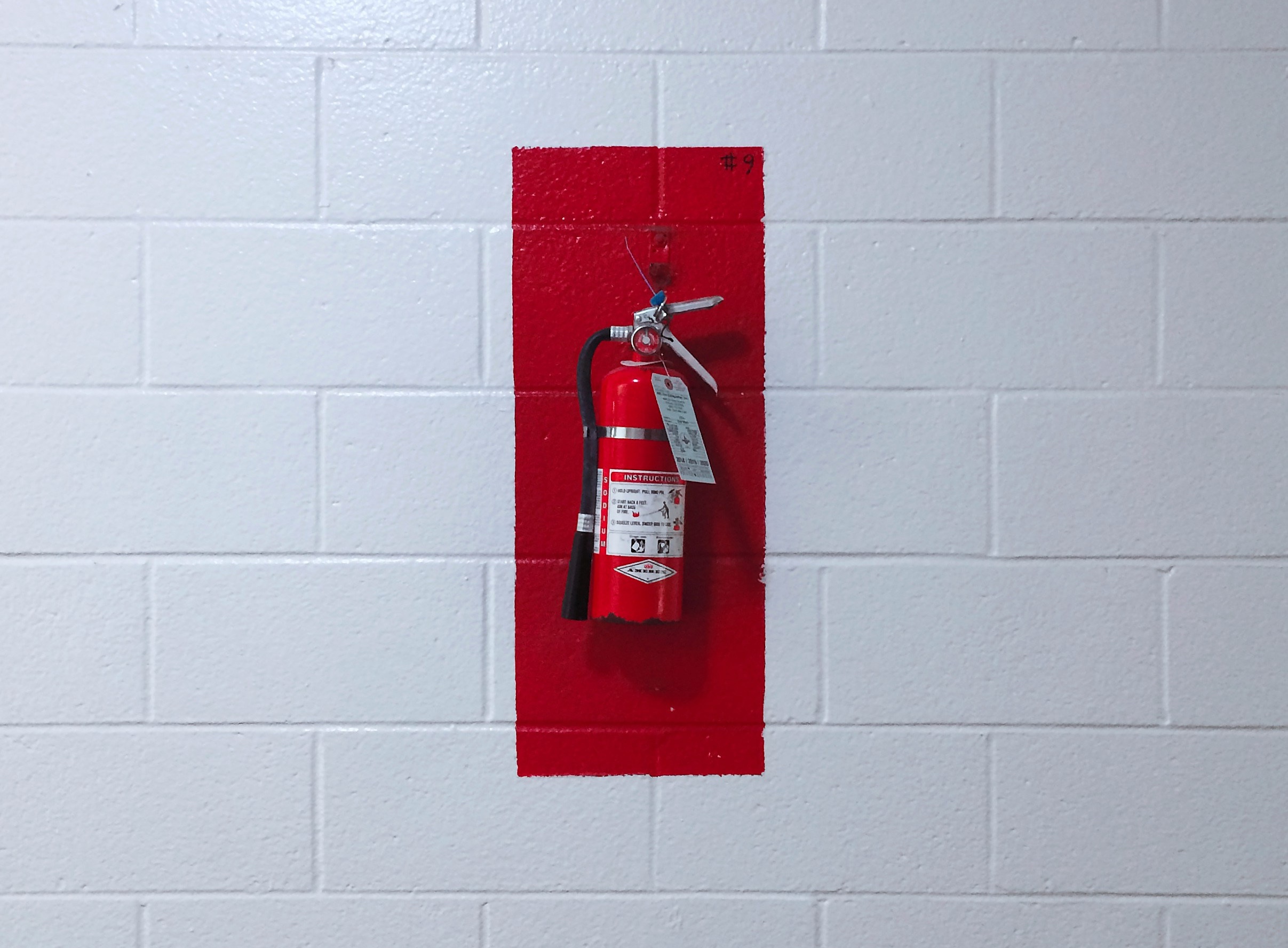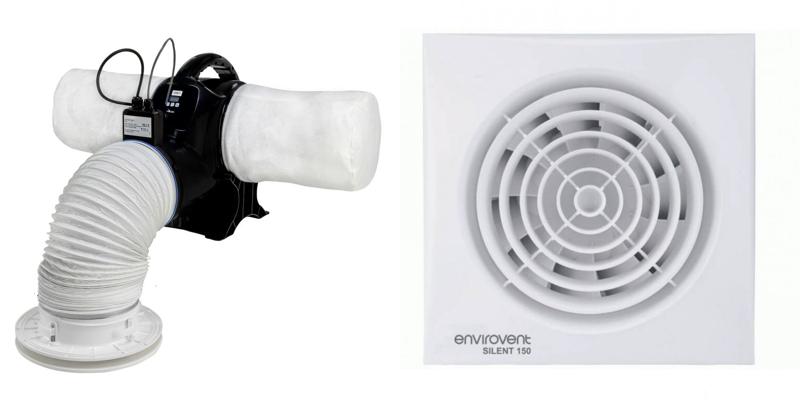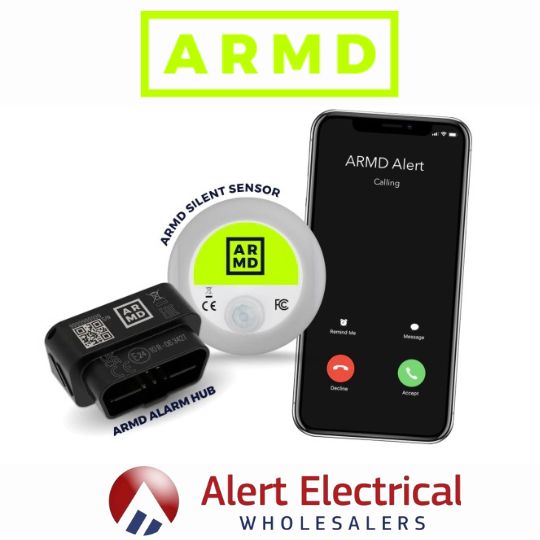Which Type of Fire Extinguishers Should You Use on Live Electrical Equipment?

Fire safety is one of the most important topics that you should be educated in. Whether for personal use or in a professional setting, you should know which types of fire extinguishers are used for which types of fires. Putting out electrical fires is often a topic that people trip up on and aren't confident with. Using the wrong type of fire extinguisher on an electrical fire can be dangerous and just make the situation worse.
Understanding Fire Classes
The first thing you should familiarise yourself with is the different classifications of fires. Fires are categorised into different classes and definitions based on the material that ignites.
- Class A: Fires involving solid materials like wood, paper, and textiles.
- Class B: Fires involving flammable liquids such as petrol, oil, and paints.
- Class C: Fires involving gases like propane, butane, and natural gas.
- Class D: Fires involving metals such as magnesium, aluminium, and potassium.
- Class E: Electrical fires involving live electrical equipment.
- Class F: Fires involving cooking oils and fats.
We're going to be focusing on Class E fires that involve live electrical equipment.

Suitable Fire Extinguishers for Electrical Fires
You do have a few options in the way of extinguishers when dealing with an electrical fire. You can choose from CO2, dry powder, and foam fire extinguishers.
CO2 (Carbon Dioxide) Fire Extinguishers
Carbon dioxide (CO2) fire extinguishers work by taking the place of the natural oxygen around the fire. The CO2 displaces the oxygen around the fire which results in the fire being suffocated and in turn, reducing the size and risk as well as putting it out.
CO2 extinguishers are ideal for electrical fires because the CO2 is non-conductive and won't leave any residue on your equipment.
Usage Tips:
- Aim the nozzle at the base of the fire.
- Maintain a safe distance to avoid being splashed by extinguished materials.
- Be aware that CO2 can cause thermal shock to sensitive equipment.
Dry Powder Fire Extinguishers
Dry powder fire extinguishers are a good option and can be used across class A, B, C and E fires. This means that they can be used for solid materials like wood or textiles as well as gases like butane and liquids such as petrol or oil.
This type of extinguisher works by coating the fire and surrounding areas with a fine powder that ends up smothering it. These tend to be fast-acting extinguishers and are generally lightweight which makes them easy to use.
Usage Tips:
- Aim at the base of the fire and sweep the nozzle from side to side.
- Ensure the area is well-ventilated as dry powder can reduce visibility and irritate the respiratory system.
- Clean up thoroughly after use to remove the powder residue.
Foam Fire Extinguishers
It's not recommended that you use any old foam fire extinguisher for electrical fires. If you're looking for a foam fire extinguisher for class E fires make sure that you find one that's rated for fires up to 35kV (35000 volts).
The foam will act as a barrier over the surface of the fire and cuts off any oxygen that would otherwise be fueling it. The foam also acts as a cooling agent for whatever is burning. While 35kW-rated foam extinguishers are acceptable for class E, they're better suited for class A and B fires.
Usage Tips:
- Check the label to ensure the extinguisher is rated for electrical fires.
- Use with caution on electrical fires to avoid the risk of electrocution.

Fire Extinguisher Maintenance
Regular maintenance on your extinguisher is important to ensure you're keeping everyone safe in the event of an emergency. You can contact professionals for this and in some cases, you should.
- Monthly Checks: Inspect the pressure gauge, nozzle, and body for damage or corrosion.
- Annual Servicing: Have it serviced annually by a qualified professional to make sure everything is in working order.
- Refill and Recharge: After any use, fire extinguishers must be refilled or recharged so that they are ready for the next emergency.

Safety Tips for Using Fire Extinguishers on Electrical Fires
Using a fire extinguisher on an electrical fire requires caution. Here are some safety tips to keep in mind:
- Turn Off the Power: If safe to do so, turn off the electrical power before using the extinguisher. This reduces the risk of electrical shock.
- Use the Right Extinguisher: Ensure you are using a CO2 or dry powder extinguisher that is suitable for electrical fires.
- Maintain Distance: Keep a safe distance from the fire and avoid direct contact with the electrical source.
- Follow the PASS Method: Pull the pin, Aim at the base of the fire, Squeeze the handle, and Sweep from side to side.
Choosing the right fire extinguisher is an important part of any commercial or domestic building. Without the correct equipment, you might not be able to put the fire out and you may do more damage than good. If you have a lot of electrical equipment in your home or office, a CO2 or dry powder extinguisher is your best option for putting out electrical fires. Make sure that you maintain a regular maintenance schedule and conduct thorough research on how to use your fire extinguisher.
If you're looking for products that help to protect you from fires, take a look at our range of fire and smoke alarms today. And if you'd like any advice give us a call and our team will be happy to help you.








